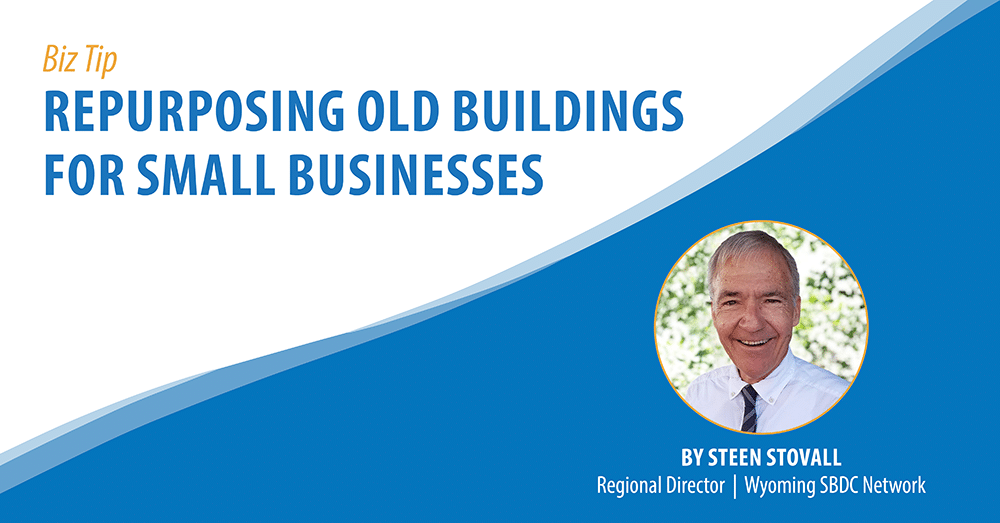Buildings often outlive their original purpose. Outdated gas stations become obsolete, factory and mill buildings remain standing long after the industries they supported disappear, or architecturally ornate government buildings stand vacant as societal needs change. However, repurposing old buildings for small businesses can have many benefits.
Repurposed buildings can provide distinctive design, character, and appeal. Furthermore, these open up access to prime locations and the chance to support and enhance your community.
What is Adaptive Reuse?
Adaptive reuse is the process of taking an old building and reusing it for a purpose other than what it was originally designed for. In the past, adaptive reuse has been primarily associated with historic preservation in areas with rich histories.
Today, diverse groups — from big-box retailers to small, locally-owned businesses and nonprofit institutions — are reusing old buildings in creative ways all across the nation.
Should you consider reusing an old building for the location of your business? Let’s examine a few of the key considerations.
What Types of Businesses Are a Good Fit for Adaptive Reuse?
The adaptive reuse of old buildings is generally best suited to restaurants, bars, retail stores, professional offices, and personal service providers — such as hair and nail salons. These old buildings offer a comfortable aesthetic that can complement your business. The typically-central placement of these buildings can give your business a favorable location and help to establish important relationships with your customers and community.
The Pros and Cons of Adaptive Reuse
There are many issues to consider in the adaptive reuse of an old building. While every situation is unique, the following pros and cons apply anywhere.
Pros
- Opportunity to locate in a prime area.
- Potentially low acquisition or lease costs.
- Access to possible financial incentives.
- Marketing and branding potential: Adaptive reuse contributes to a business’ personality and makes a statement about your investment in your community.
Cons
- Potentially higher construction/remodeling costs due to governmental processes (e.g. planning and permitting requirements) and common environment issues (e.g. asbestos and lead.)
- Site and building design/layout constraints.
- A historic preservation designation can limit exterior alterations.
What Type of Old Building Should You Look For?
Some common buildings that are ripe for adaptive reuse are former factories, agricultural structures, vacant banks and offices, schools, churches, and even gas stations. Because every old building will have its own challenges and opportunities, it is critical that you do your homework and investigate the building’s existing condition as much as possible.
Adaptive reuse of an old building can be time-consuming, unpredictable, and expensive. It can mean added red tape, time, and money. However, the pros can often outweigh the cons. When completed, locating your business in an old building can be financially successful while elevating your business’ stature in your community.
As the editors of Entrepreneur point out, “your address speaks volumes about your company, declaring loud and clear what matters most to you and your brand.”
Help is Available
If you are interested in repurposing old buildings for small businesses, contact your local Wyoming SBDC Network advisor for no-cost, confidential assistance by clicking here.






